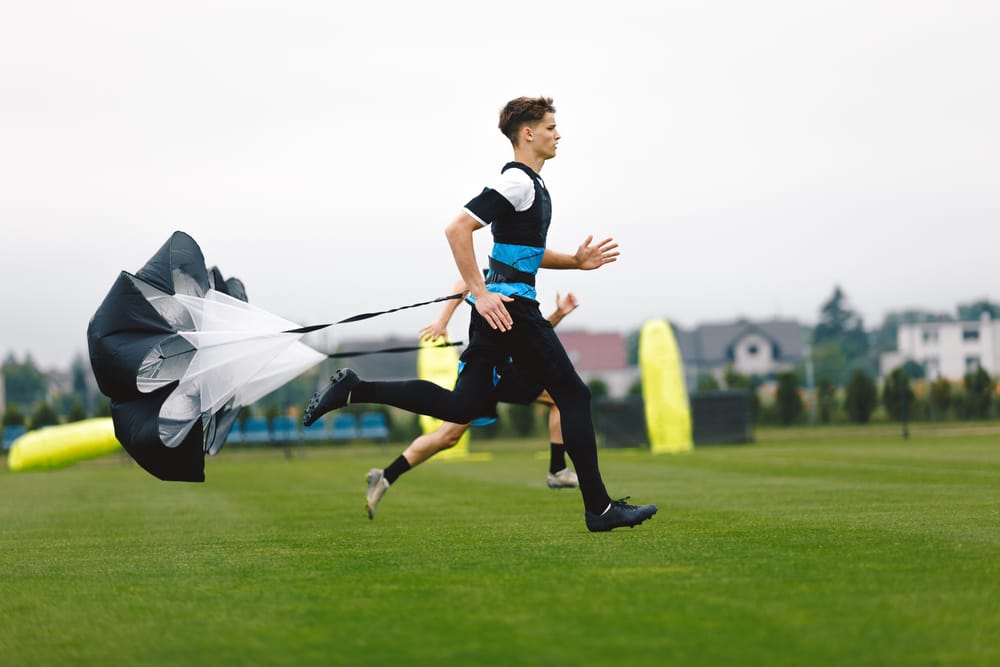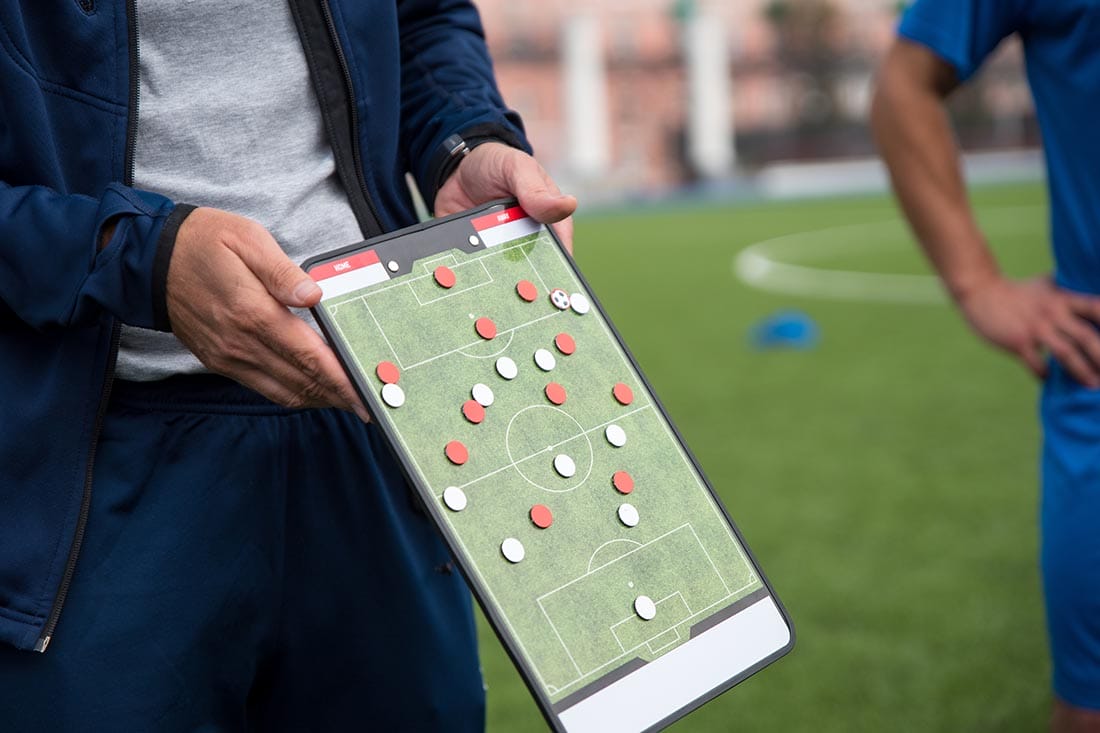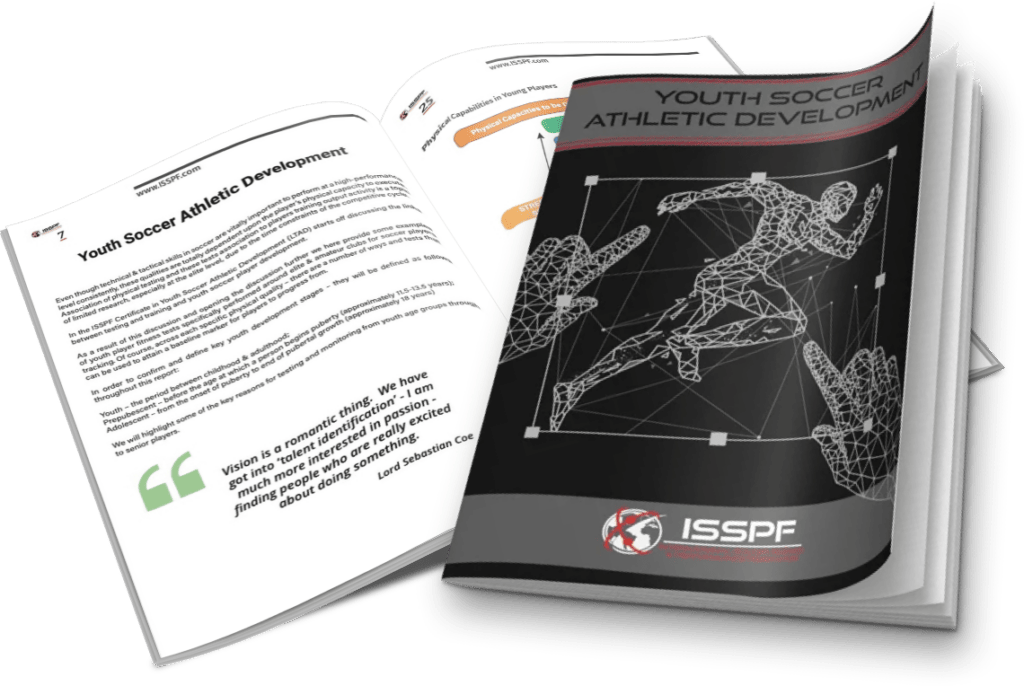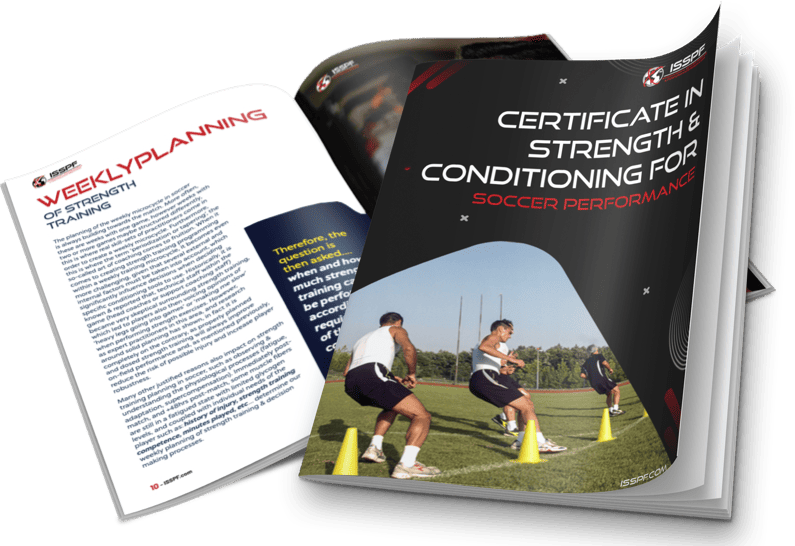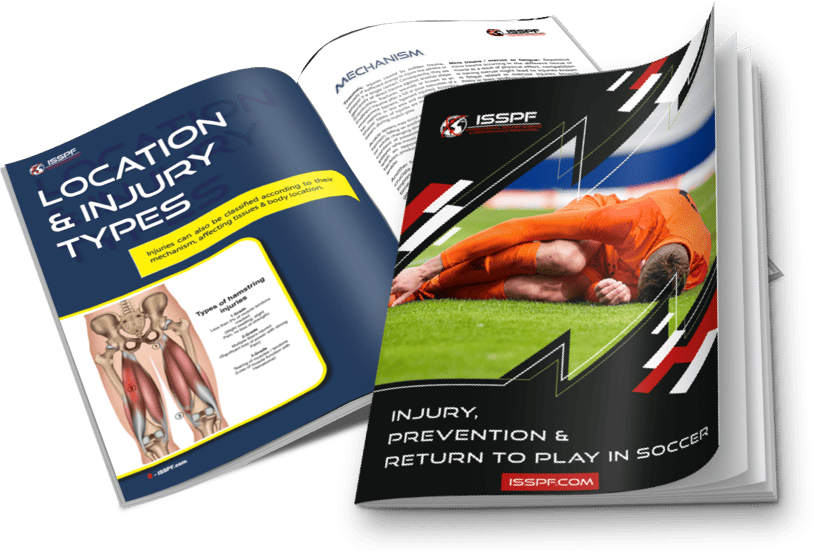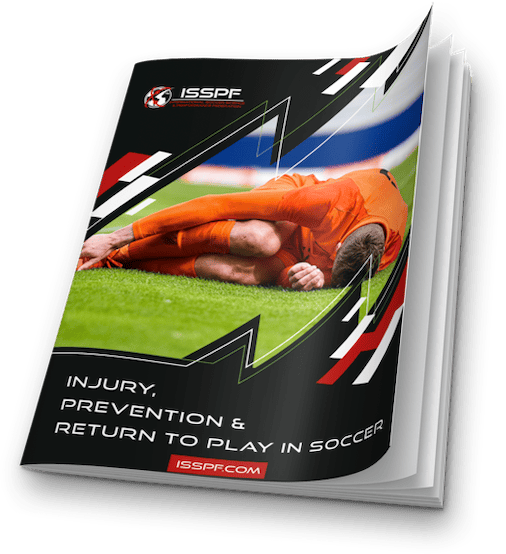Written by: Clive Brewer (Expert S&C Coach & High-Performance Practitioner)
In the dynamic world of soccer, strength and conditioning have emerged as essential components of player development. By incorporating on-pitch and off-pitch conditioning, emphasizing proper nutrition, and managing training load, athletes can enhance their performance, reduce the risk of injuries, and improve their overall longevity in the game. Moreover, it is crucial for coaches to educate themselves about the intricacies of strength and conditioning to optimize player potential and maintain a competitive edge.
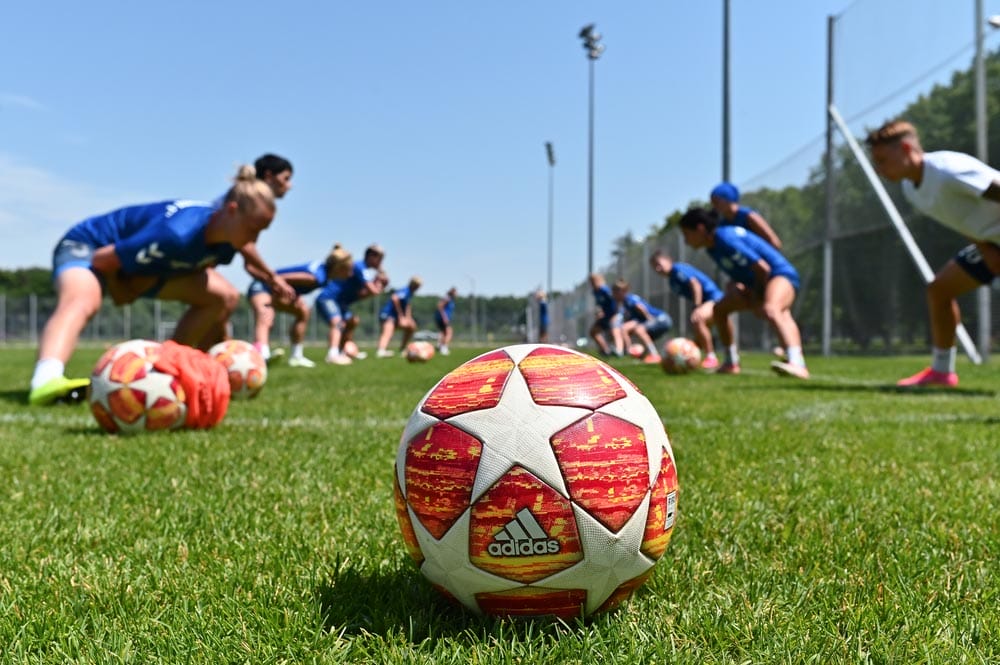
On-Pitch Conditioning
On-pitch conditioning encompasses specific exercises and drills designed to improve players’ physical attributes directly related to their performance on the field. As coaches, it is essential to understand the significance of speed, agility, and endurance in soccer. These physical attributes contribute to players’ ability to outperform opponents, quickly change directions, sustain high-intensity efforts, and perform at their best throughout a match.
This report provides valuable insights and practical recommendations on incorporating speed and agility training, as well as endurance training, to optimize players’ performance on the field.
FREE GUIDE: STRENGTH & CONDITIONING FOR SOCCER
Download this FREE Guidebook and discover the elite-level techniques that you can apply on your training ground that boost speed, agility, conditioning & power in your players:
DOWNLOAD
FREE!
Speed and Agility Training
Speed and agility are crucial components of a player’s skill set. They allow players to react quickly, maintain control in tight spaces, and gain an advantage over opponents.
Training Techniques:
- Sprint Intervals: Integrate short bursts of maximum sprinting efforts followed by recovery periods. This enhances players’ acceleration, top-end speed, and anaerobic capacity.
- Ladder Drills: Utilize agility ladder exercises to improve footwork, coordination, and quickness. These drills enhance players’ ability to change direction rapidly and maintain control.
- Cone Drills: Set up cone drills that require players to weave in and out, enhancing their lateral quickness, agility, and reactive movements.
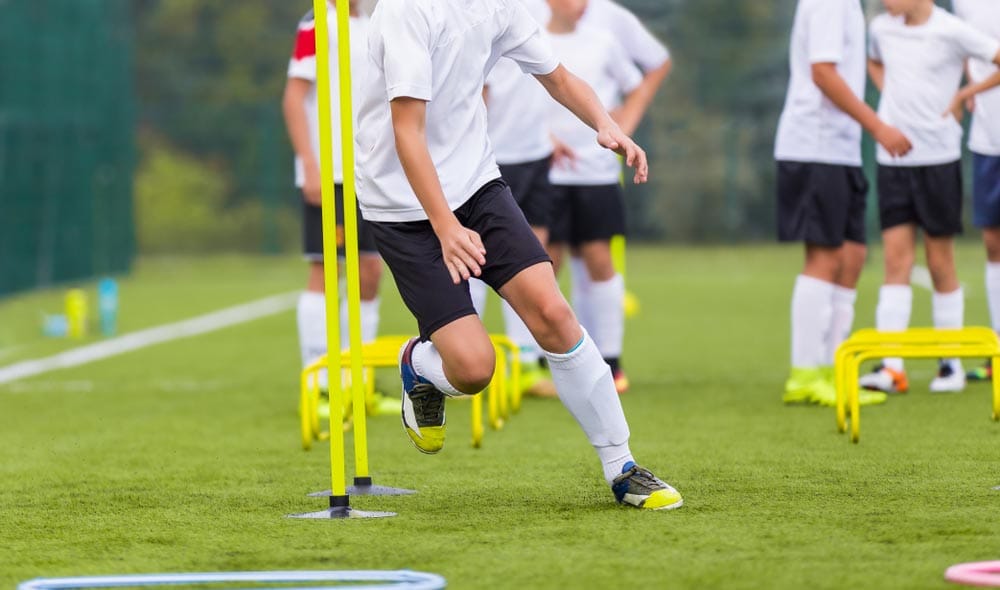
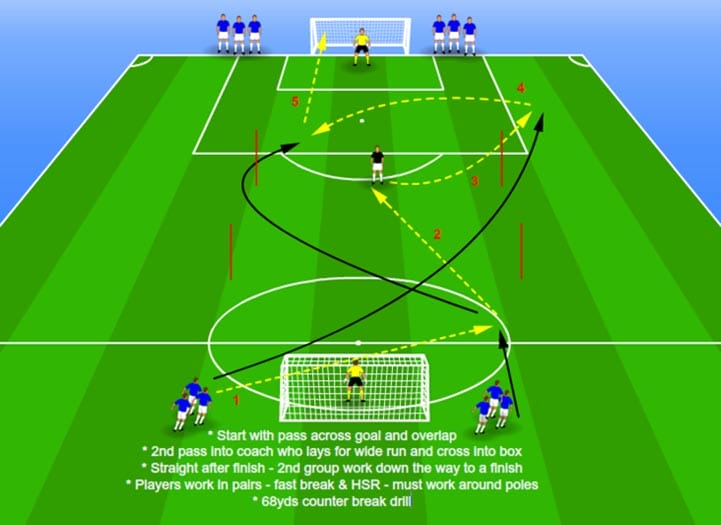
Endurance Training
Soccer is an endurance-based sport, demanding players to sustain high-intensity efforts over the course of a match. Improving aerobic and anaerobic fitness levels directly impacts players’ ability to maintain performance throughout the game.
Training Techniques:
- Interval Training: Implement interval training sessions that alternate between periods of high-intensity work and active recovery. This improves both aerobic and anaerobic capacity, mimicking the demands of the game.
- Fartlek Runs: Incorporate unstructured, variable-paced runs that simulate game scenarios. This helps players adapt to changes in intensity and enhances their ability to recover quickly during the match.
- Small-Sided Games: Organize small-sided games with reduced space and increased intensity. This type of training challenges players’ cardiovascular fitness while incorporating game-specific skills and decision-making.
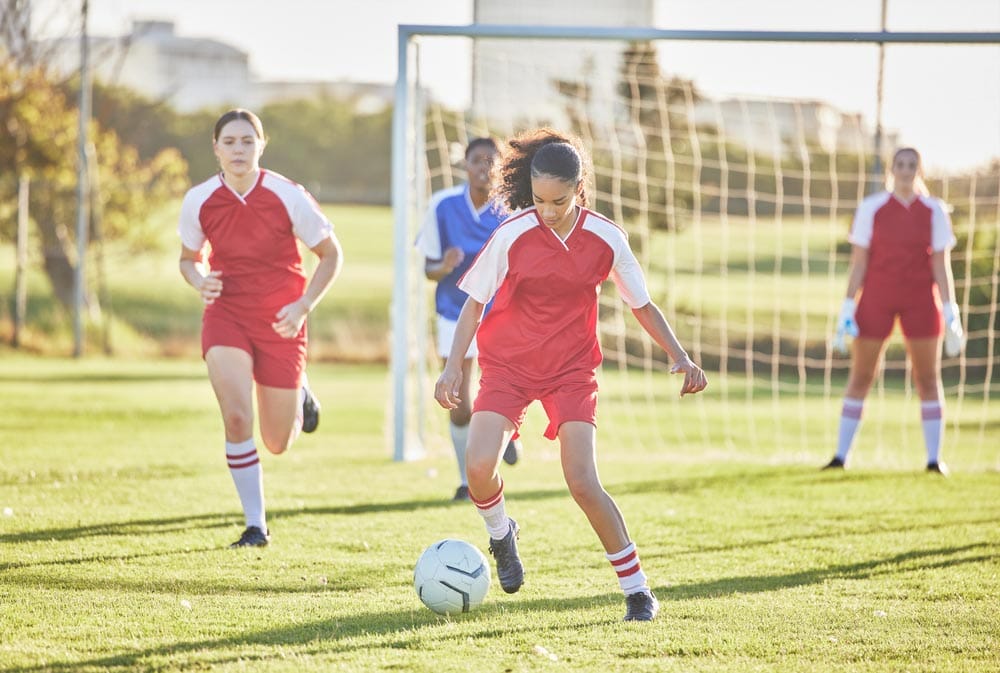
By incorporating speed and agility training alongside endurance training, coaches can enhance their players’ physical capabilities, improving their performance on the soccer field. The utilization of sprint intervals, ladder drills, cone drills, interval training, fartlek runs, and small-sided games can have a profound impact on players’ acceleration, deceleration, reactive movements, aerobic and anaerobic fitness levels.
Integrating these training techniques into regular practice sessions will help players develop the necessary skills and endurance to excel in the game of soccer.
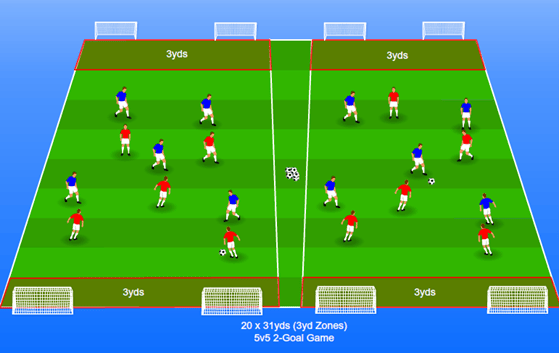
Off-Pitch Conditioning
Off-pitch conditioning and proper nutrition are essential aspects of player development in soccer. By focusing on improving overall physical capabilities, strength, power, flexibility, and mobility, as well as optimizing nutrition, coaches can help players enhance their performance, prevent injuries, and support effective recovery.
This report provides coaches with insights and practical recommendations to incorporate off-pitch conditioning and prioritize optimal nutrition for their players’ success.
Strength Training
A comprehensive strength training program is essential for developing the muscular strength and power required for soccer. It improves players’ ability to win physical duels, maintain balance, and generate explosive movements.
Recommended Exercises:
Incorporate exercises such as squats, lunges, deadlifts, and plyometrics to develop lower body strength. These exercises enhance players’ ability to generate power, improve acceleration, and protect against common lower body injuries. Additionally, including upper body exercises improves balance, stability, and overall functional strength.
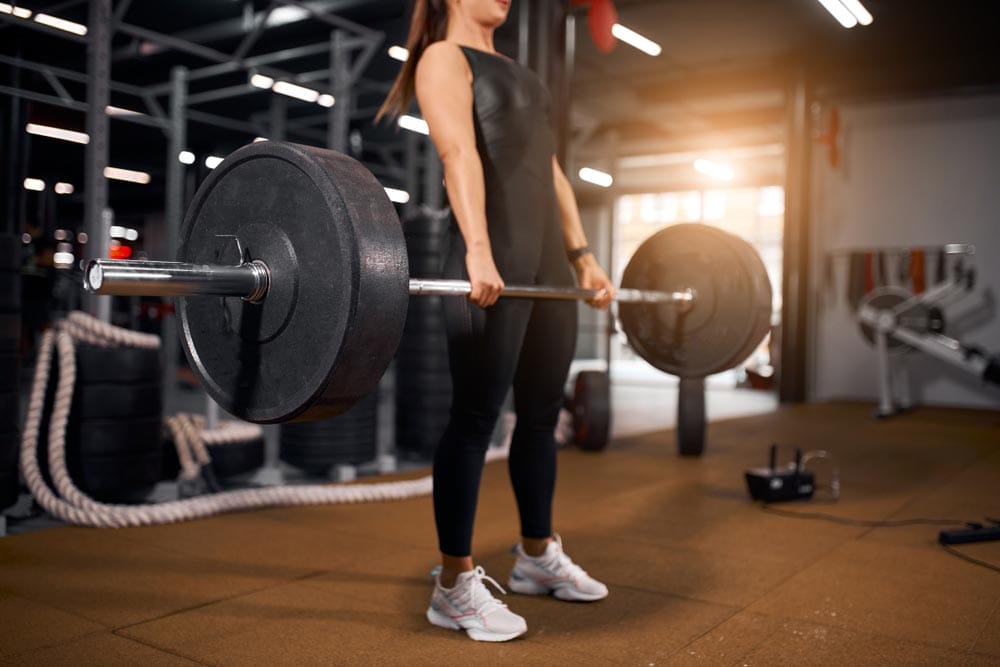
Flexibility and Mobility
Flexibility and mobility are crucial for injury prevention, optimizing performance, and ensuring fluid movements on the field. Players with improved flexibility have a reduced risk of strains and tears.
Recommended Practices:
Encourage players to incorporate stretching exercises, dynamic warm-ups, yoga, and foam rolling into their routines. These activities promote joint range of motion, muscular flexibility, and enhance players’ ability to perform explosive movements with a reduced risk of injury.
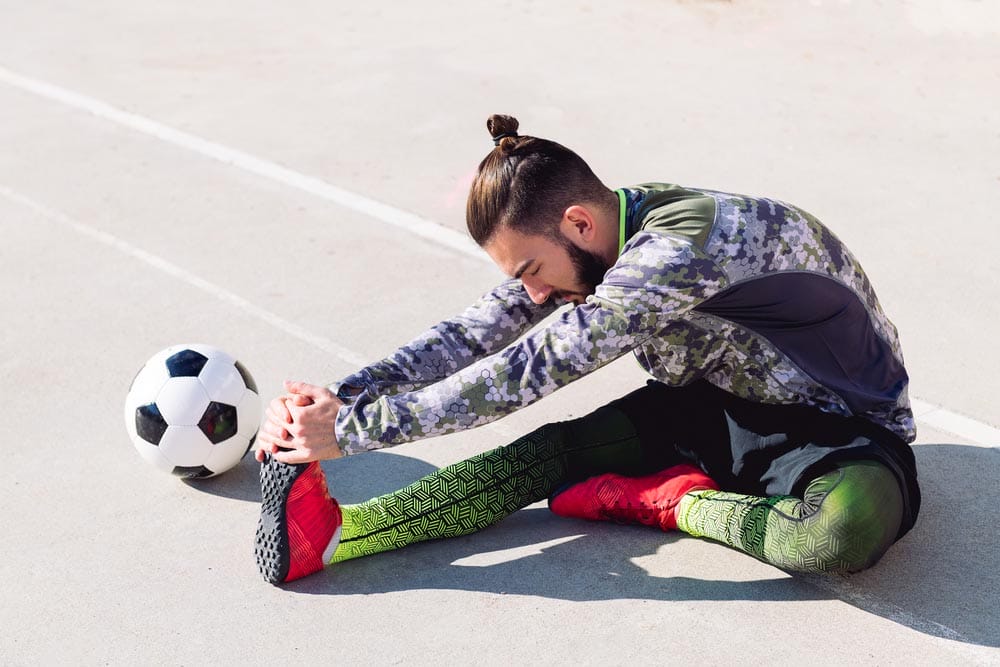
Nutrition
Importance of Optimal Nutrition:
Proper nutrition plays a pivotal role in supporting athletic performance, promoting recovery, and maintaining overall health. Educating players about nutrition empowers them to make informed choices and optimize their performance on and off the field.
Key Considerations for Soccer Players
1. Macronutrient Balance:
Advocate for a well-balanced diet that includes carbohydrates, proteins, and healthy fats. Carbohydrates provide the primary fuel source for energy during training and matches, proteins aid in muscle repair and growth, and healthy fats support brain function and overall health.

2. Timing of Nutrition:
Emphasize the importance of fuelling before, during, and after training or matches. Pre-exercise meals should consist of easily digestible carbohydrates and some protein. During exercise, encourage players to consume small, frequent carbohydrate-rich snacks to maintain energy levels. Post-exercise nutrition should focus on replenishing glycogen stores and aiding muscle recovery through a combination of carbohydrates and protein.
3. Hydration:
Educate players about the significance of proper hydration. Hydration strategies should include regular consumption of fluids before, during, and after exercise. Encourage players to monitor their urine colour and encourage frequent water breaks during training sessions and matches.
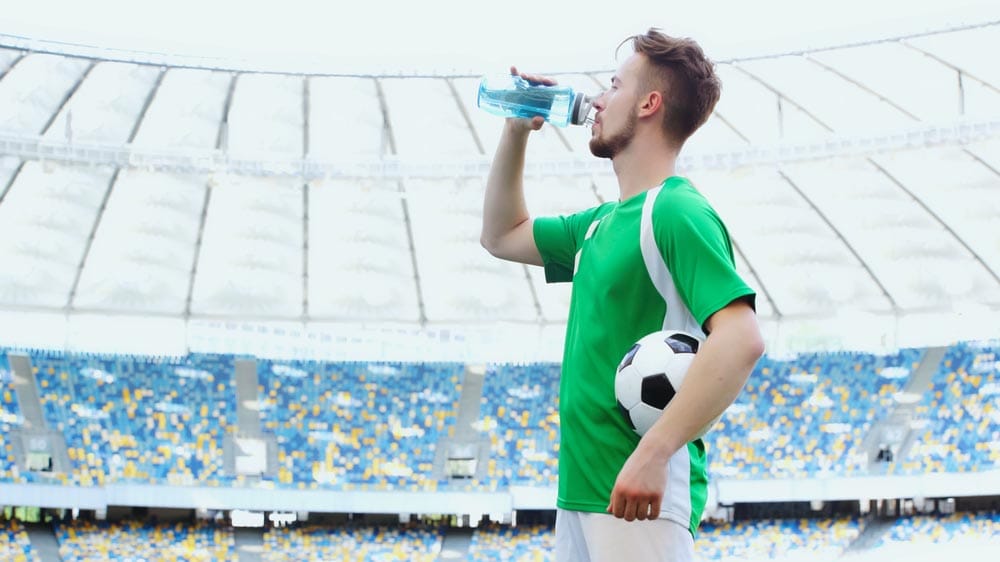
Incorporating off-pitch conditioning, including strength training, flexibility, and mobility exercises, along with emphasizing optimal nutrition, can significantly enhance soccer players’ performance, reduce the risk of injuries, and support effective recovery.
Coaches should prioritize educating players about the importance of these aspects and provide guidance on incorporating them into their training and lifestyle. By addressing off-pitch conditioning and nutrition, coaches can help players reach their full potential and maintain a competitive edge in the game of soccer.
Training Load Management
Effective training load management involves optimizing the balance between training volume, intensity, and recovery. Key aspects include:
Periodization:
Implementing periodized training programs, consisting of different phases such as pre-season, in-season, and off-season, allows players to peak for important matches and minimize the risk of overuse injuries.

Recovery Strategies:
Incorporating appropriate recovery strategies like active rest, sleep optimization, and utilizing modalities such as ice baths or massages aids in reducing muscle soreness, enhancing recovery, and preventing fatigue.
Educating Coaches
Coaches must prioritize their own education in strength and conditioning to understand its key role in soccer. This involves:
Continuous Learning:
Staying updated with the latest research, attending coaching seminars, and engaging in professional development opportunities equips coaches with the knowledge necessary to implement effective strength and conditioning programs.
Collaborating with Specialists:
Building relationships with strength and conditioning specialists can provide coaches with valuable insights and guidance to enhance player development. Collaboration between the coaching staff and specialists ensures a holistic approach to training.

Conclusion
Strength and conditioning have become integral elements in the success of soccer players at various levels.
By focusing on on-pitch and off-pitch conditioning, emphasizing proper nutrition, and effectively managing training loads, players can optimize their performance, reduce the risk of injuries, and improve their overall longevity in the game.
Coaches play a crucial role in this process by educating themselves about strength and conditioning, facilitating the development of their players, and maintaining a competitive edge in the ever-evolving landscape of soccer.
The discussion surrounding the advancement of players’ physical abilities in soccer at various levels of the game has been ongoing for the past 15-20 years.
The game itself has become more professionalized, with increased support for players through enhanced staffing levels and improved player education. This has resulted in a greater emphasis on specific strength and conditioning (S&C) training in soccer. The primary goal of integrating S&C training in highly competitive sports like soccer is to enhance athletes’ athletic movements that are specific to the sport.
 To achieve this improvement in the physical capabilities of elite soccer players, different forms of strength and power training have been implemented.
To achieve this improvement in the physical capabilities of elite soccer players, different forms of strength and power training have been implemented.
The focus is on enhancing players’ performance in movements that are specific to their positions, such as jumping, sprinting, and changing direction, thereby increasing their efficiency on the field.
To accomplish these objectives, individuals must first grasp the demands of the game on individual players, understand the requirements of different positions, and recognize the impact of training and competitive match play on fatigue.
These aspects are highlighted in the ISSPF online course Certificate in Strength & Conditioning for Soccer Performance.
What Next?
The demand for sports science, S&C coaches, physiotherapists, performance & coaching specialists in soccer & team sports is growing year upon year.
Thousands of students are leaving university with a sport science degree, physio or therapy related qualification, however many of them asking the key question……
- What now?
- What’s the next step?
- Which area of sport or football science & medicine do I want to specialise in?
- How can I take my learning to the next level?
These are certainly interesting questions as progressing from completing a sporting, medical or therapy related degree to then working in professional soccer & trying to understanding all the key components, and soft skills that come with jobs in soccer or careers within sport is complex.
As a result, the bespoke courses developed by ISSPF Fitness, Medical & Football Science Faculty members are a way of further exposing learners, parents, professional coaches, students, or other individuals interested in football science with a thirst to develop & up-skill further.
The link below will take you to the hugely popular & expertly designed ISSPF endorsed & accredited Strength & Conditioning for Soccer Performance online sport science course, where you will be exposed to soccer medicine & coaching science led research, with practical examples used by the game’s leading practitioners.
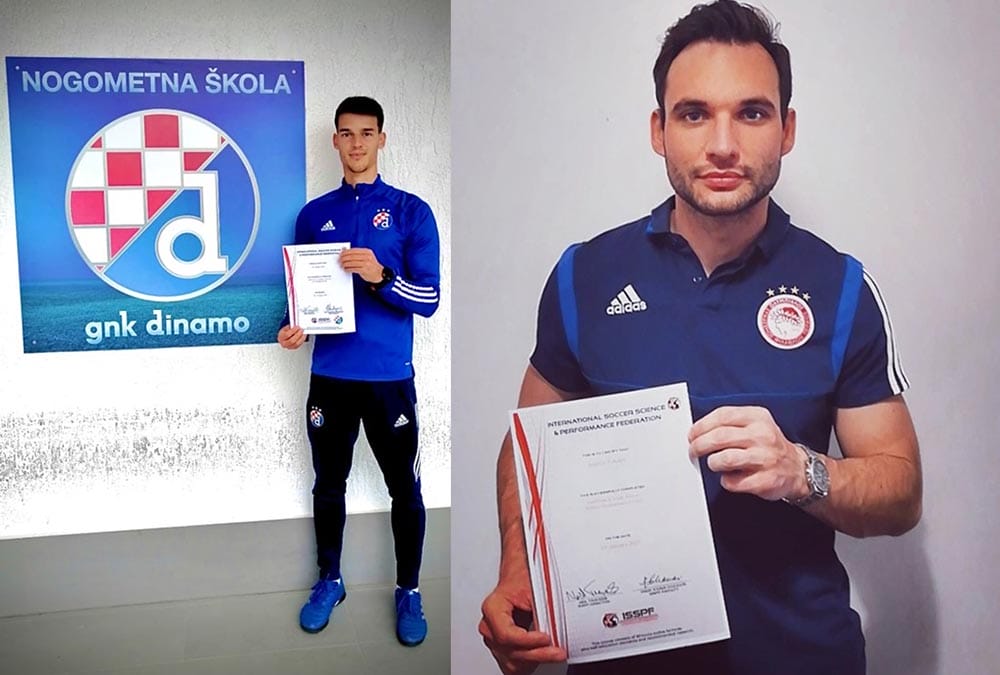
Strength & Conditioning for Soccer Performance
Who Is This Strength & Conditioning course For?
- Individuals tasked with the responsibility for the strength & conditioning, training, preparation & coaching aspects of soccer players.
- Individuals with an interest in developing their own knowledge in the strength & conditioning, training & development of individual soccer players and teams.
The Certificate in Strength and Conditioning for Soccer Performance provides you with the most efficient and modern training methods, drills and exercises to maximise the speed, endurance and strength of your players for peak match day performance.
This Course is Suitable For?
- Individuals tasked with the responsibility for
- Individuals with an interest in developing their knowledge in
The course is comprised of the following:
- 15 study hours
- Pre- & post-lecture reading references
- Multiple-choice tests
- Course assignment
- Certificate of Achievement
Share this article:

